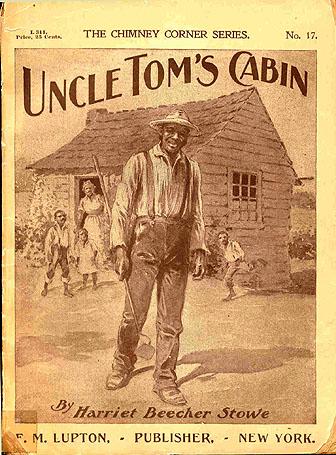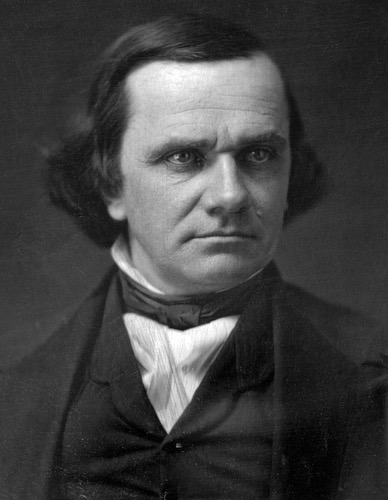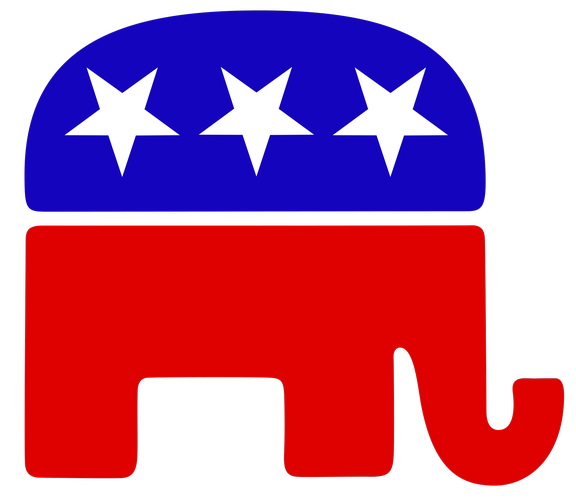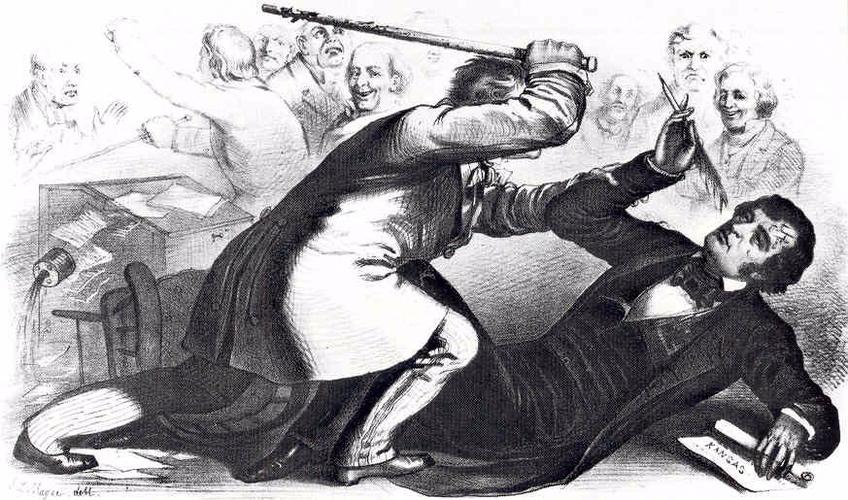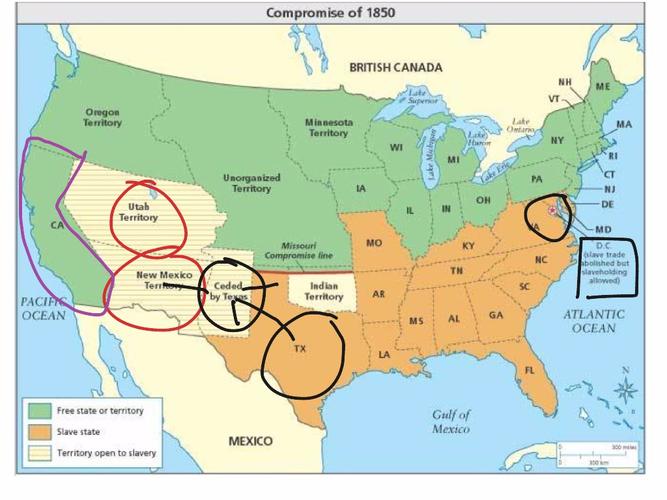
Compromise of 1850
The Compromise of 1850 was created because of the failed Wilmot Proviso. The terms of the Compromise resulted in increased tensions between North and South. Terms of the Compromise included; California begin admitted as a free states. This increased tensions because the South viewed this as the start of slavery ending. Also, a very harsh Fugitive Slave Law was created that caused tensions in the North to escalate because the new terms required any northerner to be fined heavily if they did not repot any known fugitive slave. In addition, free African Americans could become slaves again as a result of the terms of the FSL granting no trail to African Americans. The outlaw of slave trade in Washington D.C. created tension because the slavery was allowed north of 36* 30* line. The final term of the Compromise also added tensions between the North, South, and political parties. This term was popular sovereignty, allowing the people of territories to choose between slave state or free. This term repealed the Compromise of 1820 and allowed slavery to continued North of the 36* 30* line. This outraged Northerners and abolitionists. The created tensions of the Compromise of 1850 would naturally led to war.

